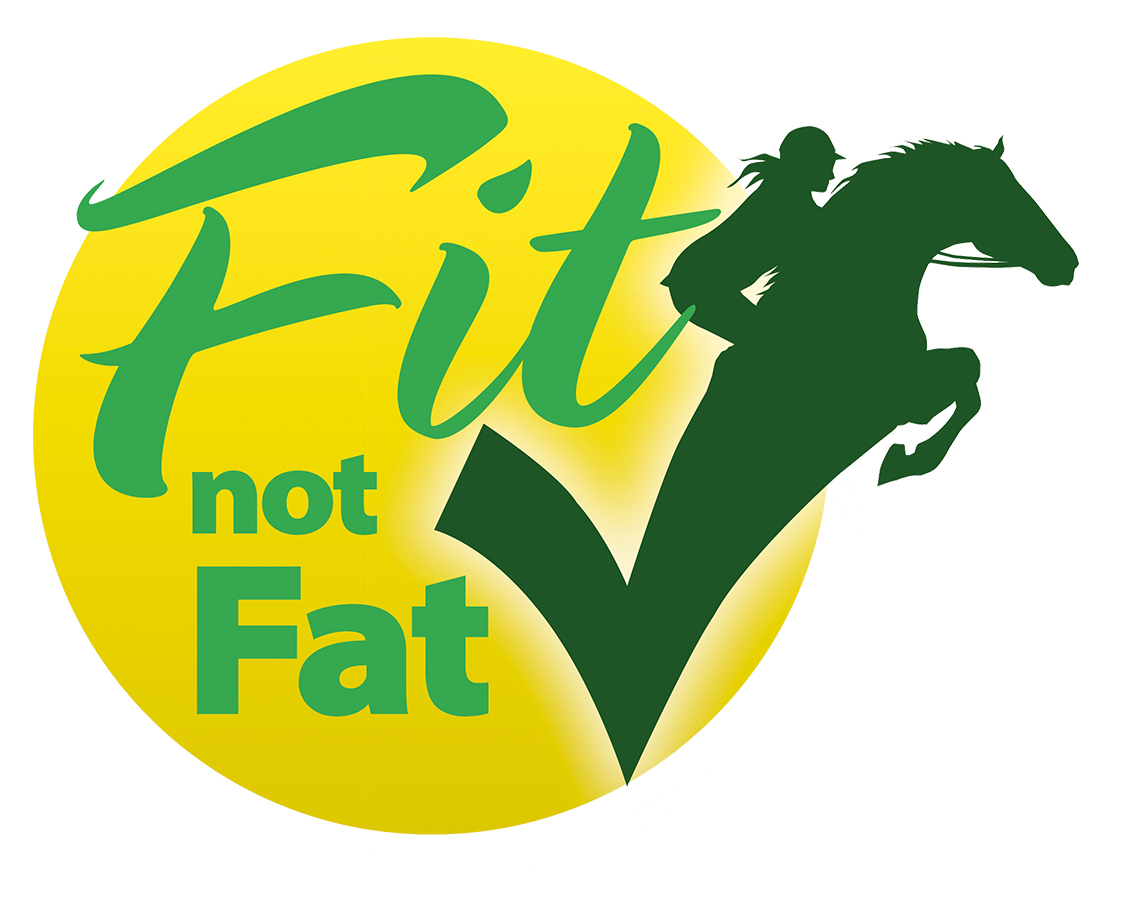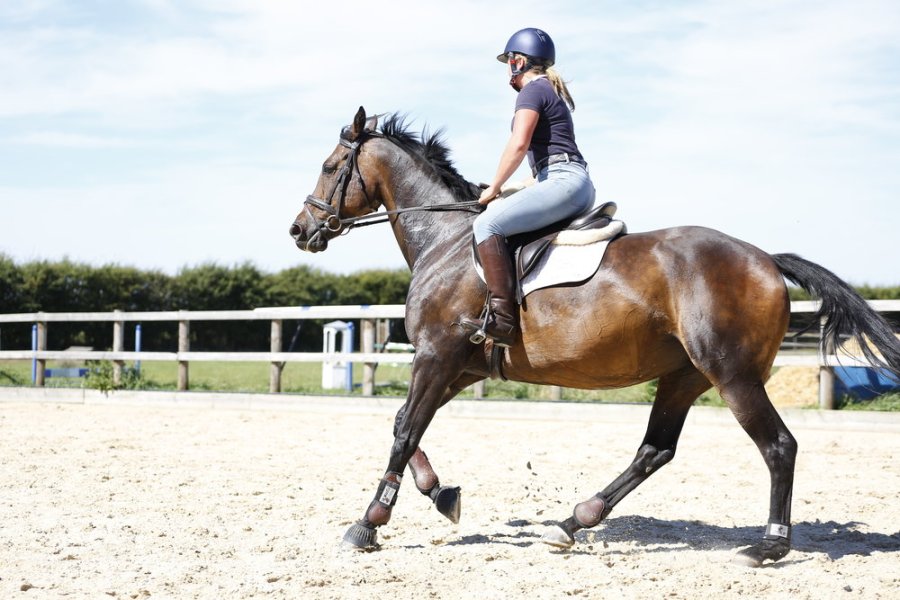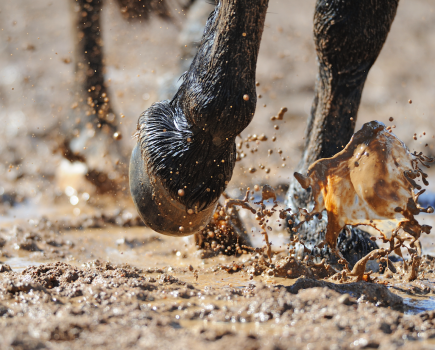Spring is around the corner (whoop!) and whether you’re aiming to compete your horse or not, chances are you’ll be looking forward to longer, more regular rides as the days draw out and the sun (finally) begins to shine. Whether you are bringing your horse back into work or increase his workload after a long winter, or looking to maintain his current level of fitness, variety is key when it comes to keeping your horse fit and well, says two-time Badminton winner Pippa Funnell MBE.
Fitness encompasses a range of aspects, including your horse’s stamina, strength, building muscle and improving suppleness. A fit horse builds muscle, burns calories and doesn’t become overweight, which is vital for his long-term health and helping him to be #FitnotFat.
Varied workload
Pippa shares how she uses a varied workload to keep fitness work interesting.
“To me, time spent in walk is crucial,” states Pippa. “I think a lot of people get into the school and they miss out on that phase, but it’s still vitally important, for example in dressage, that your horse knows how to walk well and be relaxed.”
When building up after a break, Pippa’s horses spend two weeks walking before moving onto gymnastic work.
“Mix it up; don’t school every day and try to do a real variety of work. Ideally aim for six days a week riding, but obviously this depends on people’s time,” she advises.
Tailor this to the time and facilities you have available, but aim to get your horse out of his stable as much as possible, whether that’s for turnout, hacking, schooling, in-hand work, polework — there is a long list of things you can do.
Think outside the box
You may not have an arena at your yard, but hacking is a great way to keep your horse fit. Slow walking/trotting up and down hill is excellent for strength and fitness.
“Don’t underestimate slow work on different terrain — it’s so beneficial,” explains Pippa. “And it’s great for the rider’s balance too. I’m lucky to have lots of hills where I live which I make the most of.”
It you have limited or no hacking access, try building a short course of basic fences. Use your watch, time yourself and build it up. The jumps don’t need to be big; just keep popping over them.
“I use a lot of small fences, even with experienced horses. Most jumping sessions will be under 2ft,” explains Pippa.
Pippa recommends walking or trotting over narrow fences or difficult lines. This gives your horse time to consider his footwork and teaches him to think about things. Use too much speed and you’ll lose your straight line. Instead, get his brain active and make your horse work smarter.

Have you heard about Your Horse’s #FitNotFat campaign, which is supported by Dodson & Horrell? Equine obesity is an enormous welfare problem and we’re on a mission to provide owners and riders with the knowledge, skills and information you need to keep your horse in tip-top health. It could be life saving! Find out more
Meet the expert: Pippa Funnell MBE is one of the world’s leading event riders, winning Olympic medals, securing the first-ever Rolex Grand Slam and holding numerous Burghley, Badminton and Blenheim titles.










